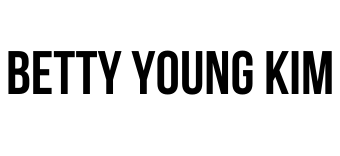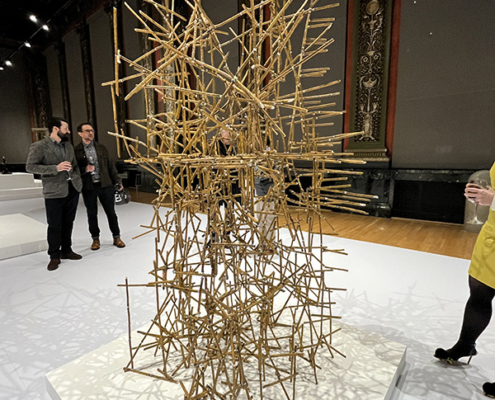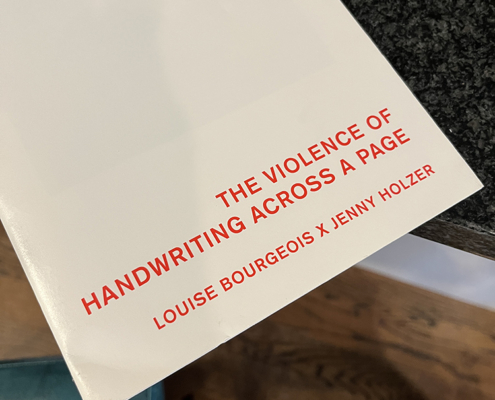Artist Note #25 – First Kimono & Shibori Dyeing
August 23, 2023
The Research
I debated whether to call this post an artist note or a just a plain post on kimono. The research on this process has been a challenge, since I have never seen a kimono close-up before. Everything had to be done through reading – first through books, second through online sources.
I can’t emphasize this enough, but making a kimono without one to look at, hold in my hands, and make my own template was a challenge.
The Books
(contains Amazon affiliate links below)
Making Kimono and Japanese Clothes by Jeni Dobson
Elements of Japanese Design by Boye Lafayette De Mente
Kimono Design: An Introduction to Textiles and Patterns by Keiko Nitanai (Author)
Kimono: Kyoto to Catwalk by Anna Jackson (Editor)
The Book of Kimono by Norio Yamanaka
Japanese Dress in Detail by Josephine Rout
The Online Resources
I struggled through the books, so I turned to online sources:
Sharing the Kimono Workshop by Bunka Fashion Research Institute
How to Make a Yukata by Amparo Bertram (personal UMich website) – great for measurement and sizes
So You Want to Make a Kimono? (Blogspot) – alternative approach to making a kimono
But the ultimate how-to was from Billy Matsunaga, a professional kimono teacher and maker.
At first, I thought I took copious notes from her YouTube tutorial. But as I started the making process, she left out details or did not have the best angle to see what she was doing to the fabric. I think I watched her video in parts or in its entirety about 50-100 times to get a sense of what she was doing.
Billy Matsunaga’s YouTube Channel
Here’s the video that I watched endlessly to make a kimono:
Here’s a video to determine your kimono size:
The Making
Let me just say it again. Making a kimono is not easy. Well, actually it turned out okay considering it’s mostly straight lines. And as frustrating as it was to watch Billy Matsunaga’s videos, her design of hiding the seams was fantastic. I struggled with the collar as it is the only piece that cannot sewn in a straight line, but everyone seems to struggle with the collar, at least according to their posts and articles.
Now that I know how to make a kimono and researched how to make the other pieces, like an obi – the tie around the waist of a kimono/yukata), it’s time to make it into my own version.
Shibori Dyeing Techniques
I’ve also been researching and attempting to do some shibori dyeing techniques. According to Fiona Fagan, the word shibori means “to wring, squeeze, and press.” The authentic part of making the dye solutions was a bit much for me at the moment, but I was also able to try the wrapping and timing of jute rope and rubber bands to test out the design aspect.
I completed several small test samples in the spring quarter and completed one large piece. Unfortunately, the large piece turned out terribly as I used another Rit Dye color (contains Amazon affiliate link), which turned out too light for my tastes and then double dipped the fabric in dye, which yielded a muddying of the colors.
Here are the books that I read to get a better understanding of the shibori process:
(contains Amazon affiliate links below)
Simply Shibori by Fiona Fagan
Stitched Shibori: Technique, innovation, pattern, design by Jane Callender (Author)
Shibori Designs & Techniques by Mandy Southan
(NOTE: This one is great because you can see her stitching the technique.)
Shibori: The Inventive Art of Japanese Shaped Resist Dyeing by Yoshiko Iwamoto Wada, Mary Kellogg Rice, Jane Barton
(NOTE: This is also very good because it is the most comprehensive, showing techniques and design patterns in black and white.)
Kimono and Obi – Deep Dive
(Update: August 25, 2023)
I had to take a short break to get the kid settled into first week of classes. This sudden stoppage made me think about what I am doing before diving onto the next thing — making an obi. According to Billy Matsunaga, she shared how to make a han obi (half-width obi), which made me think about the sizing…. then it took me down a path to get a better understanding of the different sizing and options.
Japanese Kimono Obi by UTSA Institute Of Texan Cultures – goes over the length and sizing.
Know Your Kimono: 9 Different Kimono Types by Wonderland Japan – great basic outline of the different types for women and men. Apparently, I made a yukata out of ornate fabric, so maybe it’s Kimono Type 6: Komon (小紋).
So now I have to rethink about the design for the kimono I plan to make with some vintage/retro fabric I received during the pandemic…
Haori Details
(Update: August 25, 2023)
Some references to make a haori:
Free pattern: https://www.dr-cos.info/freepattern/haori-ls.pdf
Other free pattern sizes: https://www.dr-cos.info/fp-haori.html
Haori Sizes: http://wkimono.tokyo/index.php/haori_en
How to make a Haori (for cosplay): https://www.youtube.com/watch?v=3sNkreYNl5w
Another Haori template (not authentic Japanese): https://tianascloset.com/index.php/2021/07/26/kyoko-haori-jacket-free-sewing-pattern/





















Leave a Reply
Want to join the discussion?Feel free to contribute!